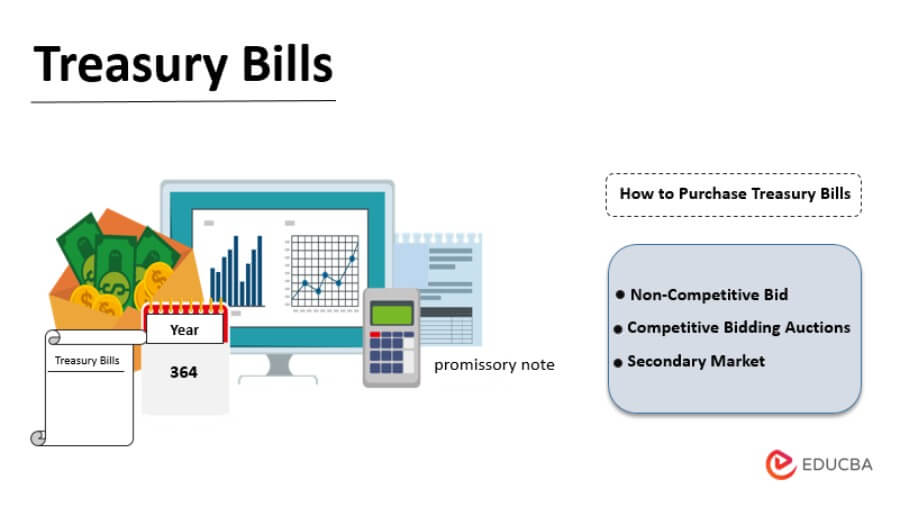
The best time to trade forex depends on several factors. Trading forex on Mondays and Fridays is not recommended because of lack of market data. However, trading forex on the first Friday in every month is a good idea because it's when non-farm payrolls are published. There are some things you can do if you have to trade on these days. Here are some tips to help you trade on these days.
Market overlaps
There are many times during the day when markets overlap. But the biggest overlaps occur between U.S.-London markets. This overlap can affect the euro, U.S. Dollar, and several other currency pair. Traders can take advantage of this overlap to profit from the currency movements in these two global financial centres. Here are some examples illustrating market overlaps throughout the day.
High liquidity
There are two types of trading sessions: high and low liquidity. High liquidity is when a currency pair's trading volume is highest. Low liquidity is when it is lowest. The trading volume of high liquidity is dependent upon the time and the overlap of two market sessions. The countries hosting the exchanges also have an impact on liquidity levels. For example the Asian session tends towards holding support and resistance levels and is therefore less active. London and New York are the most liquid sessions in the major market sessions. This overlap creates the greatest percentile moves.

High volatility
When deciding when to trade forex, there are many factors to take into consideration. First, determine the volatility level for the day. Due to the high volatility, Tuesdays are generally the best day for Forex trading. On Tuesday, volatility can be between 120 and 1300% higher than it is on Monday. Wednesday is less volatile than Tuesday. Swaps allow for trading activity on Wednesday that falls between Mondays and Tuesdays. The best time to trade Forex is when volatility is high and the market is most active.
Mondays and Fridays
Weekends are not a good time to trade in currency markets. In order to achieve the best price movement, trader may wish to wait for Monday's opening of the currency market. Mondays are generally not good days to trade, as major news releases will be delayed until Monday morning. Additionally, Mondays are a low trading day because most national holidays have been moved to Mondays. It is therefore best to trade Forex on Mondays and Fridays.
COVID-19
Retail investors are now looking for trading opportunities that don't involve overpriced shares as COVID is gaining traction. Forex is the world's largest financial market, and increased retail interest in the currency pair has led to heightened volatility in the market. Forex brokers are reporting significant increases in losses due to increased forex trading. This could put investors at risk. A top forex broker is essential to your success. Learn more about the best time to trade forex.
Asia: Trading sessions
Although the Asian trading session might be appealing to new traders, it's not recommended. You should not trade in this session until your skills are better at forex trading. A sustainable trade entry is defined by a move of 75-100 pips. This happens approximately once every eight to ten or three times per calendar month. This trading session has a low risk/reward ratio.

Currency pair
It is important to know when Forex trading can be done. If the markets are open, the currency pairs will likely be more liquid. For example, USD/JPY tends to be more liquid in the US or Asian sessions and less during the European sessions. It is important to understand what financial information is published on forex pairs and which sessions will be volatile in order for you to trade forex profitably. Although each period has its own pros and cons, knowing the exact timing of these periods will help you reach your trading goals.
Hours
Your trading strategy as well as the currency pair that you're targeting will dictate when Forex trading is most profitable. Trade the JPY at the Asian session to take advantage of the many movements. Practice on a demo trading account before going live. This will help you determine the most profitable trading hours. Only after you have developed a reliable trading strategy can you go live.
FAQ
How are securities traded?
The stock market is an exchange where investors buy shares of companies for money. To raise capital, companies issue shares and then sell them to investors. These shares are then sold to investors to make a profit on the company's assets.
The price at which stocks trade on the open market is determined by supply and demand. The price rises if there is less demand than buyers. If there are more buyers than seller, the prices fall.
Stocks can be traded in two ways.
-
Directly from the company
-
Through a broker
What is the difference in marketable and non-marketable securities
The main differences are that non-marketable securities have less liquidity, lower trading volumes, and higher transaction costs. Marketable securities, on the other hand, are traded on exchanges and therefore have greater liquidity and trading volume. Because they trade 24/7, they offer better price discovery and liquidity. This rule is not perfect. There are however many exceptions. Some mutual funds are not open to public trading and are therefore only available to institutional investors.
Non-marketable securities can be more risky that marketable securities. They typically have lower yields than marketable securities and require higher initial capital deposit. Marketable securities are typically safer and easier to handle than nonmarketable ones.
A large corporation bond has a greater chance of being paid back than a smaller bond. Because the former has a stronger balance sheet than the latter, the chances of the latter being repaid are higher.
Marketable securities are preferred by investment companies because they offer higher portfolio returns.
What are the advantages to owning stocks?
Stocks can be more volatile than bonds. If a company goes under, its shares' value will drop dramatically.
But, shares will increase if the company grows.
Companies often issue new stock to raise capital. This allows investors the opportunity to purchase more shares.
To borrow money, companies can use debt finance. This allows them to access cheap credit which allows them to grow quicker.
When a company has a good product, then people tend to buy it. Stock prices rise with increased demand.
As long as the company continues to produce products that people want, then the stock price should continue to increase.
Statistics
- "If all of your money's in one stock, you could potentially lose 50% of it overnight," Moore says. (nerdwallet.com)
- For instance, an individual or entity that owns 100,000 shares of a company with one million outstanding shares would have a 10% ownership stake. (investopedia.com)
- Even if you find talent for trading stocks, allocating more than 10% of your portfolio to an individual stock can expose your savings to too much volatility. (nerdwallet.com)
- The S&P 500 has grown about 10.5% per year since its establishment in the 1920s. (investopedia.com)
External Links
How To
How to invest in the stock market online
The stock market is one way you can make money investing in stocks. There are many ways you can invest in stock markets, including mutual funds and exchange-traded fonds (ETFs), as well as hedge funds. The best investment strategy is dependent on your personal investment style and risk tolerance.
To be successful in the stock markets, you have to first understand how it works. This includes understanding the different investment options, their risks and the potential benefits. Once you understand your goals for your portfolio, you can look into which investment type would be best.
There are three major types of investments: fixed income, equity, and alternative. Equity is ownership shares in companies. Fixed income means debt instruments like bonds and treasury bills. Alternatives include things like commodities, currencies, real estate, private equity, and venture capital. Each option comes with its own pros and con, so you'll have to decide which one works best for you.
Two broad strategies are available once you've decided on the type of investment that you want. One is called "buy and hold." You buy some amount of the security, and you don't sell any of it until you retire or die. Diversification refers to buying multiple securities from different categories. By buying 10% of Apple, Microsoft, or General Motors you could diversify into different industries. The best way to get exposure to all sectors of an economy is by purchasing multiple investments. You can protect yourself against losses in one sector by still owning something in the other sector.
Another key factor when choosing an investment is risk management. Risk management can help you control volatility in your portfolio. If you are only willing to take on 1% risk, you can choose a low-risk investment fund. You could, however, choose a higher risk fund if you are willing to take on a 5% chance.
The final step in becoming a successful investor is learning how to manage your money. You need a plan to manage your money in the future. A good plan should cover your short-term goals, medium-term goals, long-term goals, and retirement planning. Then you need to stick to that plan! Don't get distracted with market fluctuations. Stick to your plan and watch your wealth grow.